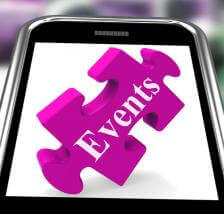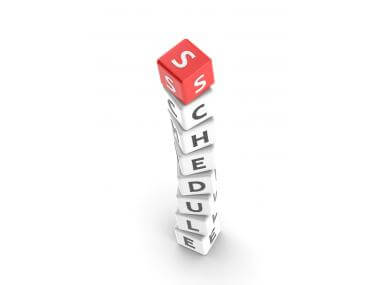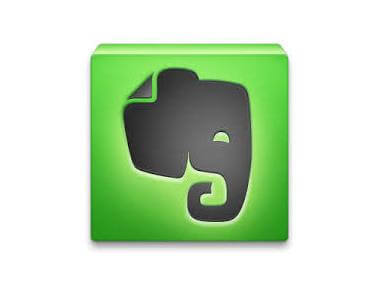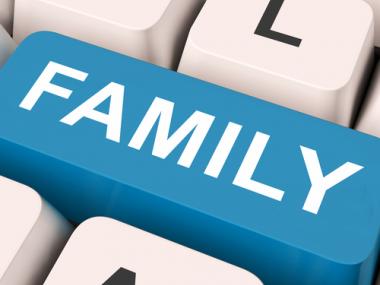Use Your Online Calendar to Streamline Scheduling
One of the few tools that’s really better online than off-line is the calendar. For people with complicated schedules, Get-It-Done Guy shares 5 simple ways your calendar program can help you streamline your productivity.

Once upon a time, we ran our lives in accordance with nature. We lived by the seasons, and our daily schedules were fluid and flexible. “Let’s grab lunch tomorrow.” meant, “Let’s get together at some point, and grab some meal sometime during the day.”
Then, we invented clocks. And industry. And the need to coordinate large numbers of people. We synchronized our daily time using watches, and coordinated time yearly using calendars emblazoned with pictures of cute kittens, and scenes from nature…and scantily clad women, which conveniently turned the most amazing productivity tool ever invented into a tool for gender oppression, objectification, exploitation, and the preservation of patriarchy, hierarchy, and male domination. I’m just sayin’…
In recent years, calendars have gone online–without the kittens or the political agenda. Our online calendars return time management to its pure form, giving us all kinds of new capabilities. Used correctly, your online calendar will simplify your life. Here are my 5 quick and dirty tips on how to use them to streamline your schedule.
Sponsor: Visit GoDaddy.com to get the right domain for your business. Use offer code qdt28 to get 28% off new product orders. Some limitations apply, see website for details.
Use Multiple Calendars
Learn how to create and display multiple calendars in your calendar program. Most calendar programs let you create as many calendars as you want. You can have one calendar for social occasions and one for your zombie world domination plans. When you’re looking at upcoming events, you can display all the calendars at once, or just the combination of calendars you choose.
But just because you can create multiple calendars, it doesn’t mean you should. Like all great power, it should be used wisely. Here’s how I use multiple calendars to run my life:
Put Most Things in a Single Calendar
Some people keep separate Home and Work calendars.
Unless you have a specific reason to put an event into multiple calendars, don’t. Having too many calendars means more chances to put things in the wrong one, or forget to view one that has upcoming appointments. Only split events into a new calendar if you have a reason you would want to see one set of events isolated from the rest.
Since I’m self-employed and control my own schedule, I have a single calendar for my work appointments and home appointments. I just call it Main. That calendar is for events that are confirmed, and that make me unavailable for anything else during those hours. This is the calendar I consult to find out when my free time is. If it’s free on my Main calendar, then it’s almost certainly free.
Some people keep separate Home and Work calendars. That’s because, not being self employed, there’s a distinction. They go home in the “home” events. I want to be them.
 Use Markers in Event Titles
Use Markers in Event Titles
Almost all my events are meetings, so putting “Meeting” in the event description would be redundant. I just put the person’s name, and add abbreviations right before the name, so I know what kind of meeting this is. Even a glance at my month-at-a-time calendar view lets me see what kinds of meetings are coming up.
“C:” before a name means they’re a paying client and should be treated like royalty. “P:” before a name means they’re prospect who I haven’t met before, and should be treated like landed gentry, until their true class has been determined. “M:” means it’s one of the young people I mentor. I can ask them to pour me a glass of Honest Tea without feeling too guilty. “L,” means it’s a lunch appointment, and “D,” means it’s a dinner appointment. Hypothetically there could be a “B,” which would mean breakfast, but … well, you know. Breakfast? Really?
In the Notes field of an event, I put all the information I’ll need: the agenda, relevant email addresses and phone numbers, and a copy of whatever email prompted the meeting.
Use a Tentative Calendar
Being an executive coach, I coordinate with clients, prospects, PR interviews, and, of course, zombie army captains. I often propose a meeting time and then must wait to hear back from the other person. Before I’ve heard back, though, I don’t want to accidentally double-schedule that time.
My solution is a calendar called Plan. When there’s a time waiting to be confirmed, it goes on my Plan calendar. My calendar program is set to display all my calendars at once, and Plan is displayed in a slightly faded out color. I can see at a glance which time blocks are used in Main, and which have tentative appointments in Plan. When someone confirms a date and time, a single right mouse click (on the Mac, at any rate) lets me move the appointment from Plan to Main.
If I see an upcoming appointment on the Plan calendar, I know it was never confirmed. I call the person and find out if we’re still meeting. If I notice that the same person often has appointments that never get moved from Plan calendar, I know they’re a flake, and have the zombie army brain requisition supply chain commander add their name to “the list.”
Share a Calendar with Shmoopie
If you have a shmoopie, sometimes shmoopie wants to put couples events on your calendar. But you’d really rather not have your shmoopie poking around your work calendar, because shmoopie isn’t that good with a mouse, and sometimes accidentally moves or deletes things. Also, you don’t want shmoopie to realize you’re planning world domination. You want it to be a surprise when you hand shmoopie the keys to a shiny, new Australia.
Create a calendar called Shared, and share it with shmoopie. If you have a Mac, just right-click the calendar name and choose Share Calendar; I assume it’s that easy on Windows, too. Now you can each add events to that calendar, and both see all the details.
This throws a bit of a wrench into the rest of your calendars. Remember, shmoopie can’t see your existing events, only the shared ones. What if shmoopie adds something that conflicts with one of your existing appointments? You can treat the Shared calendar like a Plan calendar. When you confirm with shmoopie, make a copy of the event in your Main calendar, so you know it’s confirmed. Don’t just change the event’s calendar, though, or it will vanish from shmoopie’s calendar program, as well.

If you have a favorite iPhone or Mac calendar app, please email me and let me know the name and why you like it. In a future episode, I’ll share with listeners some good calendar app suggestions.
I’m Stever Robbins. Email your calendar app suggestions to getitdone@quickanddirtytips.comcreate new email.
I help high achievers create resumes and LinkedIn profiles that successfully land job interviews. If you want to know more, visit www.SteverRobbins.com.
Work Less, Do More, and have a Great Life!
Photos of smartphone events screen and paper calendar courtesy of Shutterstock.


 Use Markers in Event Titles
Use Markers in Event Titles



